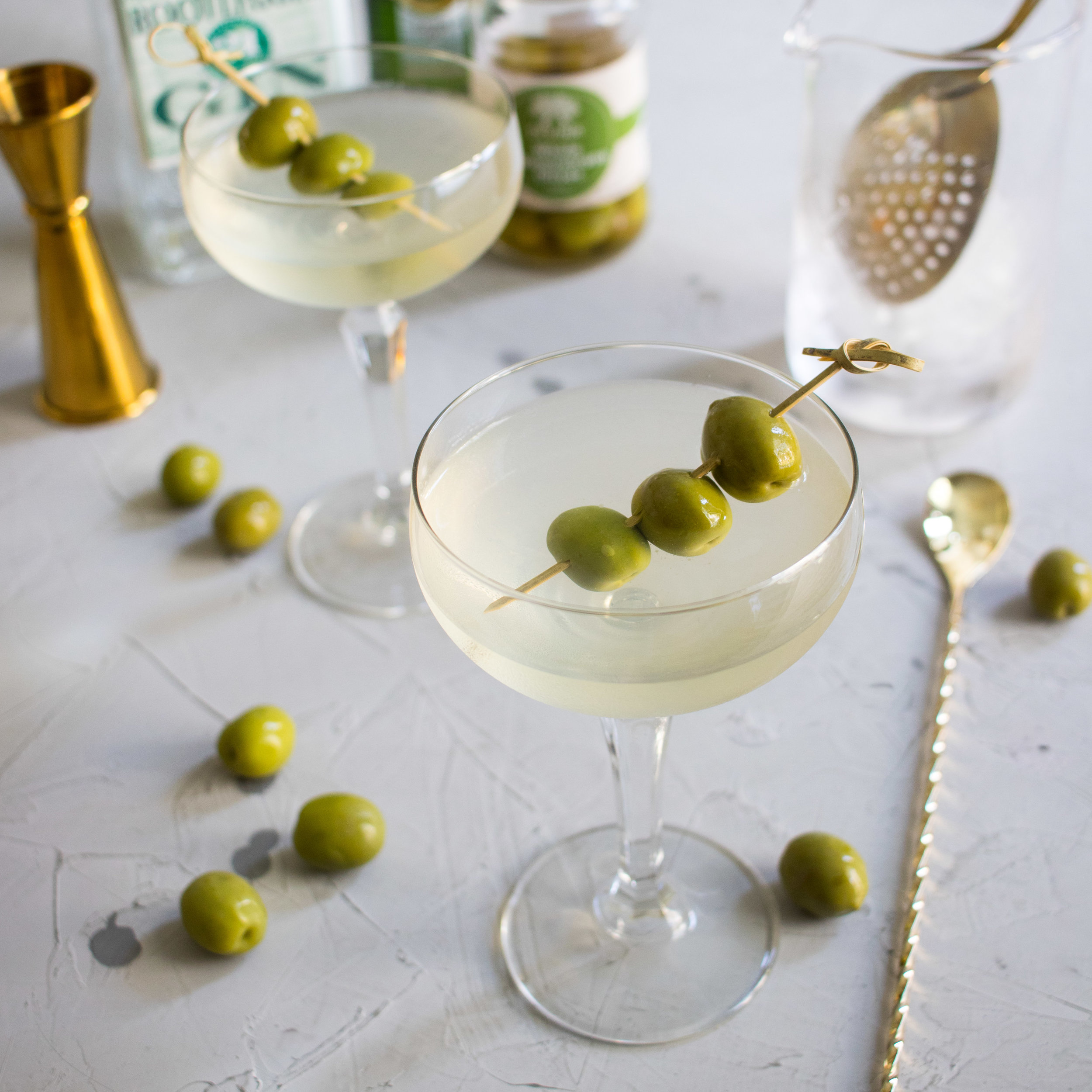2 ounces gin
1/2 ounce maraschino liqueur (preferably Luxardo)
1/2 ounce lemon juice
1/4 ounce crème de violette *see note
Luxardo Maraschio cherries (optional garnish)
Add the gin, maraschino liqueur, lemon juice, & crème de violette to a cocktail shaker with plenty of ice. Shake until frosty and strain into a chilled coupe or cocktail glass. Garnish with a maraschino cherry.
*note: We recommend Rothman & Winter brand crème de violette because it’s made the traditonal way with natural ingredients. We tried this cocktail with another brand that used artificial flavors and colors, and it was, frankly, terrible.
If you can’t find crème de violette, you can also use another violet flavored liqueur called crème Yvette.
The recipe for the Aviation was first published by Hugo Ensslin in his 1916 book “Recipes for Mixed Drinks” but it was likely invented a bit before that. It contains gin, lemon juice, maraschino liqueur and a violet flavored liqueur called crème de violette, which gives the cocktail it’s purple color.
This cocktail was popular in New York in the 20s but when the recipe was included in the famous “Savoy Cocktail Book” in 1930, it’s popularity spread. Unfortunately, the recipe in that book left of the crème de violette. By the 1940s the Savoy recipe without the crème de violette was probably the most popular version of this cocktail, but we think the original recipe is much more fun & interesting.
Crème de violette was discontinued in the 1960s, but a spirits company called Rothman & Winter found the original recipe and brought it back in 2007.



